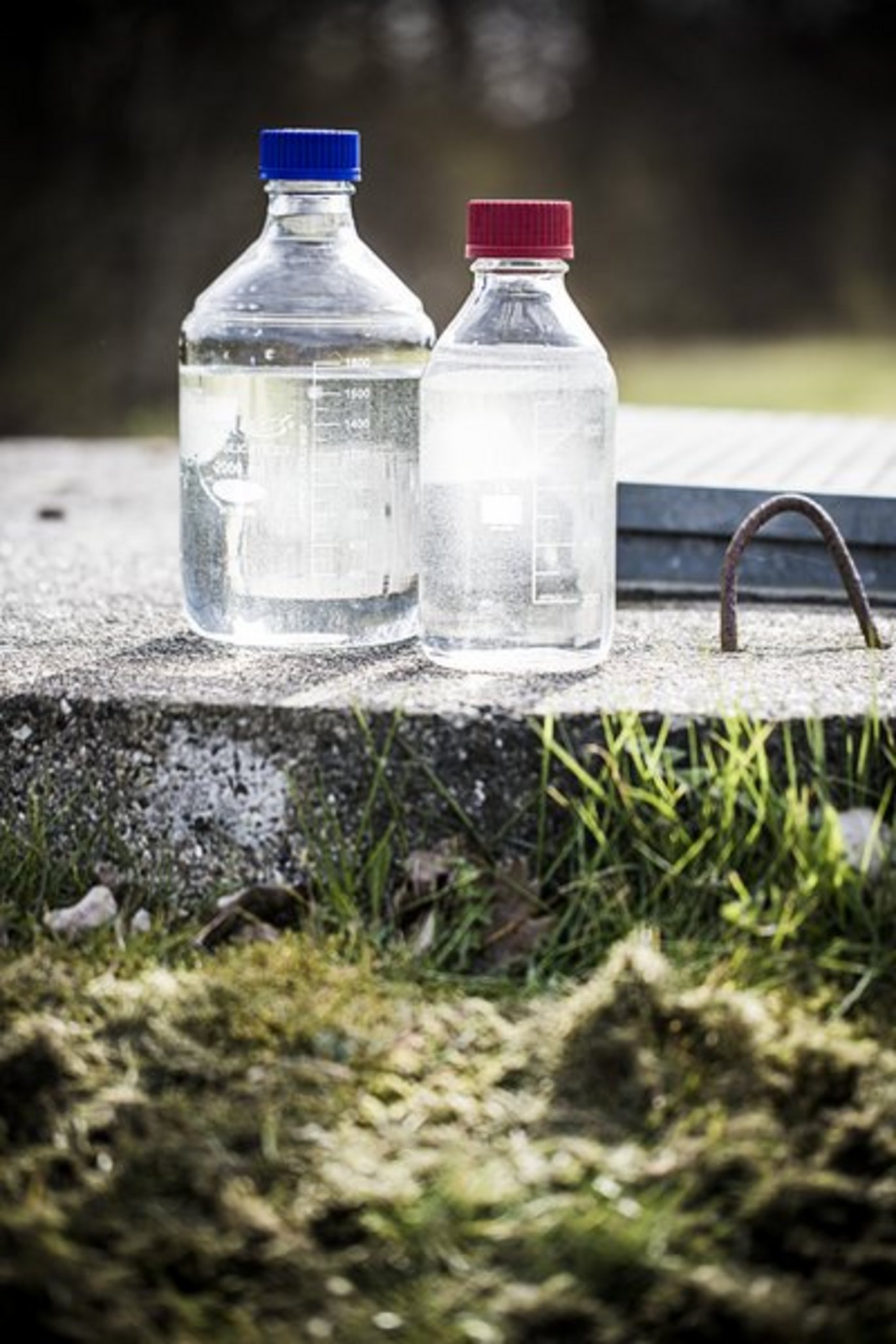Can iron-modified biochar bring a new path for pesticides remediation at the edge-of-field?
In a new project funded by the Independent Research Fund Denmark, researchers from Aarhus University will investigate the possibilities for a cost-effective and efficient way to reduce pesticides leaching from Danish agricultural fields. The project "Novel rhizosphere-activated hydroxyl radical oxidation of pesticides", or OHiROOT for short, will use iron-modified biochar and wetland plants to remediate pesticide polluted fields and water bodies in an economical and efficient way.

Cultivation of agricultural soils includes tillage, application of nutrients from commercial fertilisers or livestock manure, and in conventional farming also the use of pesticides. Extensive use of pesticides has helped farmers significantly increase crop yields; however, the wide use of pesticides has resulted in substantial leakage of pesticides to the aquatic environment.
According to the Pesticide Leaching Assessment Programme (PLAP), 32 different pesticides can be found in groundwater in agricultural catchments. Pesticides leakage is highly related to the runoff and leaching caused by rainfall events. The proportion of pesticides in groundwater and streams can reach a peak during heavy rainfalls.
“A previous study by GEUS (Geological Survey of Denmark and Greenland) shows that pesticide contamination of groundwater is widespread in Denmark, with up to 40% of groundwater wells containing traces of pesticides. Given the negative effects of pesticides on the environment and human health, there is a need to effectively mitigate the risk of pesticide leaching from agricultural drainage water,” explains Associate Professor Shubiao Wu from the Department of Agroecology, who leads the new DFF project.
He has been trying to invent a novel technology called OHiROOT to increase the degradation performance for the pesticides in the plant rhizosphere zone. The idea is to let iron-modified biochar fuel up pesticides’ degradation. There exists a natural electric potential difference between iron and biochar carbon and therefore micro galvanic cells can be created by combining them. These microcells work as self-powered electron pools for forming strong oxidizers to break down pesticides before it is leached into the waterbodies. One of strongest oxidizers, hydroxyl radicals can be generated when oxygen and protons are available by accepting the electrons from electron pools. It can easily oxidize and break down the pesticides adsorbed on the biochar to smaller and more biodegradable molecules. These smaller molecules can be utilized as carbon source by the microorganisms populated among the roots and further mineralized to CO2 and H2O, achieving complete degradation. The technology involves knowledge from the microbiology, electrochemistry and plant physiology disciplines which can be applied at the edges of agricultural fields, and will help to improve the environment and play an important role in the green transformation of agriculture.
Using iron modified biochar to break down pesticides
Shubiao Wu and his team will investigate the basic mechanisms of this novel technology to better understand the complex biochemical degradation processes in order to further promote its efficiency. Iron-modified biochar plays the key role because it can not only decrease the mobility of the pesticides by adsorption in flooding situations, but it can also work as a catalyst for activating oxidation processes by continuously providing electrons for forming hydroxyl radicals.
"The technology involves macrophytes that normally grow in wetlands along the edges of the field. They will act as a cleansing strip where we can remove pesticides without using any energy," says Shubiao Wu.
The use of wetland plants is also critical for this technology, since the roots are the source of oxygen and potentially have ability to provide protons, which is prerequisite for forming hydroxyl radicals. In addition, owing to nutrients secreted by the roots, rhizosphere zones are hotspots for life and microbial activities where the microbial degradation can make a promising contribution in further degradation of intermediates.
Cost-effective method
OHiROOT has received a grant of DKK 2,875,248 from the Independent Research Fund Denmark. The aim is to assess the efficiency of the pesticides reduction and its potential to contribute to the green transition of Danish agriculture. In practice, the establishment of such a treatment system for advanced oxidation of pesticides in the agricultural landscape is believed to be highly cost-effective. Biochar is commercially available in Denmark and producing biochar from agricultural residuals will ensure its low cost. Iron scraps are also a kind of low-cost material which can be generated as waste from the iron industry. The studies will be carried out under the actual field conditions to prepare for the real application in the future.
"If our studies show that this technology concept works and has sufficient capacity and stability over time, then the method could potentially be developed into a cost-effective and robust method for reducing pesticide leaching from agriculture. That is our hope and goal with this exciting project," concludes Shubiao Wu.
Additional information | |
| Collaborators | Department of Agroecology |
| Funding | Danish Foundation for Independent Research |
| Amount granted | DKK 2.875.248 |
| Contact | Associate Professor Shubiao Wu, Department of Agroecology, Aarhus University. Tel: 93522758 or mail: wushubiao@agro.au.dk |
